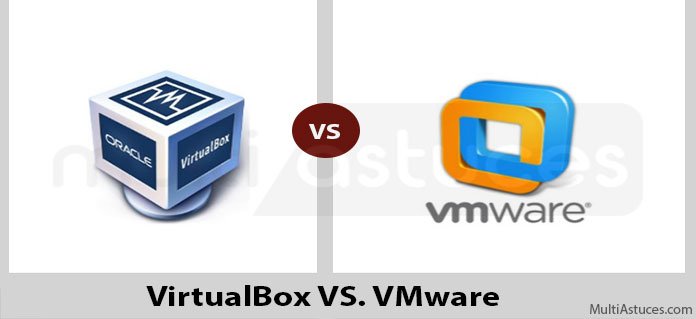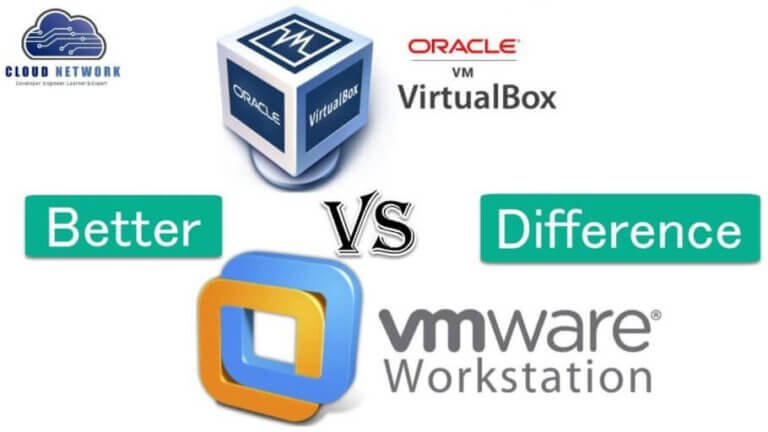


This can be frustrating, especially if you are used to the speed and reliability of a Mac. However, all in all, Xen seems to be the fastest hypervisor in these memory related tests.If you are using VMware to run Mac OS X, you may be experiencing lags in performance. At the other end, for the same reason, it can be that Xen has the potential to be faster than it showed here. For example, the slower show of VMware can be simply due to some host-side work that the system was doing in that precise moment. While it is interesting to analyze these data, many factor are at play here. Please consider that repeating the test many times, I often obtained quite different results. The results are very close, with VMware at the slowest end and Xen at the fastest end. The results are quite similar, but VMware seems a bit more slow while fetching data from L2 cache. Let see the latency data for caches first: Other than bandwidth, a very important parameter is latency. It seems that Xen do a very good use of the nested page table feature. The story is reversed now: Xen is slight faster, followed by KVM, VMware and, finally, by VirtualBox (which lag considerably behind the other). Now, it's time for memory bandwidth results: This can be a results of a more-heavy hypervisor or, more probably, of the “double encapsulation” of the guest system. While VMware, VirtualBox and KVM give us quite similar in results, Xen is behind the competitors. To collect these data, I used Sandra Cache and Memory tests.įirst, let see the L1/L2/元 cache bandwidth results:

Current systems can be memory-performance limited in a number of situations, so it is crucial to show the cache and memory subsystems performance both in term of bandwidth and latency.


 0 kommentar(er)
0 kommentar(er)
